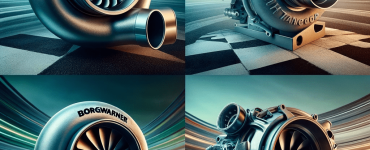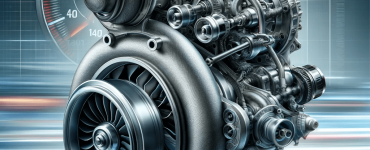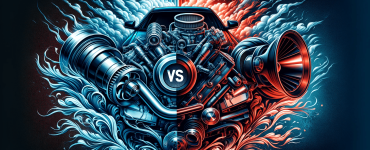Basics of turbo& supercharger: Boost Your Engine’s Performance
Key Takeaways
| Aspect | Key Point |
|---|---|
| Turbocharging | Driven by exhaust gases, more efficient at high engine speeds |
| Supercharging | Driven by engine’s crankshaft, better for low-end torque |
| Primary Differences | Source of power and efficiency in engine speed range |
| Benefits | Increased horsepower, improved fuel efficiency, enhanced torque output |
| Ideal Applications | Turbocharging for sports cars, Supercharging for everyday vehicles |
Understanding Turbochargers and Superchargers
When it comes to amplifying your car’s performance, turbochargers and superchargers play a pivotal role. While they have the same goal – increasing the engine’s power output – their operational mechanics differ fundamentally. Now let’s dive into basics of turbo & supercharger!
Turbochargers: Harnessing Exhaust Gases
Turbochargers use the energy from an engine’s exhaust gases. These gases drive a turbine, which then powers a compressor. This process compresses the air entering the engine, allowing more air (and therefore more fuel) to be combusted at a time, thereby boosting the engine’s power. Turbochargers shine at high engine speeds, making them more efficient and suitable for vehicles that benefit from increased power at these speeds.
Turbocharger Components
- Turbine: Utilizes exhaust gases
- Compressor: Increases air intake
Superchargers: Mechanical Power
In contrast, superchargers are powered mechanically, usually by a belt or chain drive connected to the engine’s crankshaft. This direct mechanical connection means they can provide increased power even at lower engine speeds, ideal for enhancing low-end torque. Superchargers are often favored for vehicles that need immediate power response, such as in urban driving conditions.
Supercharger Components
- Belt or Chain Drive: Connects to the crankshaft
- Compressor: Similar to that in a turbocharger
Comparing Turbochargers and Superchargers
While both aim to boost engine performance, their operational differences make each suitable for specific applications:
- Turbochargers: More efficient at high engine speeds, suitable for sports cars and performance vehicles.
- Superchargers: Provide immediate power boost, ideal for everyday vehicles and those requiring low-end torque.
Basics of turbo & supercharger: Advantages of Forced Induction Systems
Irrespective of the type, both turbochargers and superchargers offer significant benefits:
- Increased Horsepower: By forcing more air into the combustion chamber, they significantly increase the engine’s horsepower.
- Improved Fuel Efficiency: More efficient combustion can lead to better fuel economy under certain conditions.
- Enhanced Torque Output: Especially beneficial in superchargers, they provide immediate torque improvement.

The bar chart visualizes the comparative analysis of Turbocharging and Supercharging across three key metrics: Efficiency, Power Boost, and Fuel Efficiency Improvement. The chart demonstrates that turbochargers generally have a higher efficiency and power boost percentage compared to superchargers, while also contributing to a more significant improvement in fuel efficiency.
Choosing the Right System for Your Vehicle
The choice between turbocharging and supercharging depends on your vehicle type and performance requirements. For instance, if you own a Chevrolet, renowned for its robust engines, choosing the right system could elevate its performance to new heights. Learn more about Chevrolet performance enhancements to make an informed decision.
For detailed insights on each system’s specific applications and benefits, explore our in-depth analysis on turbocharging vs. supercharging.




